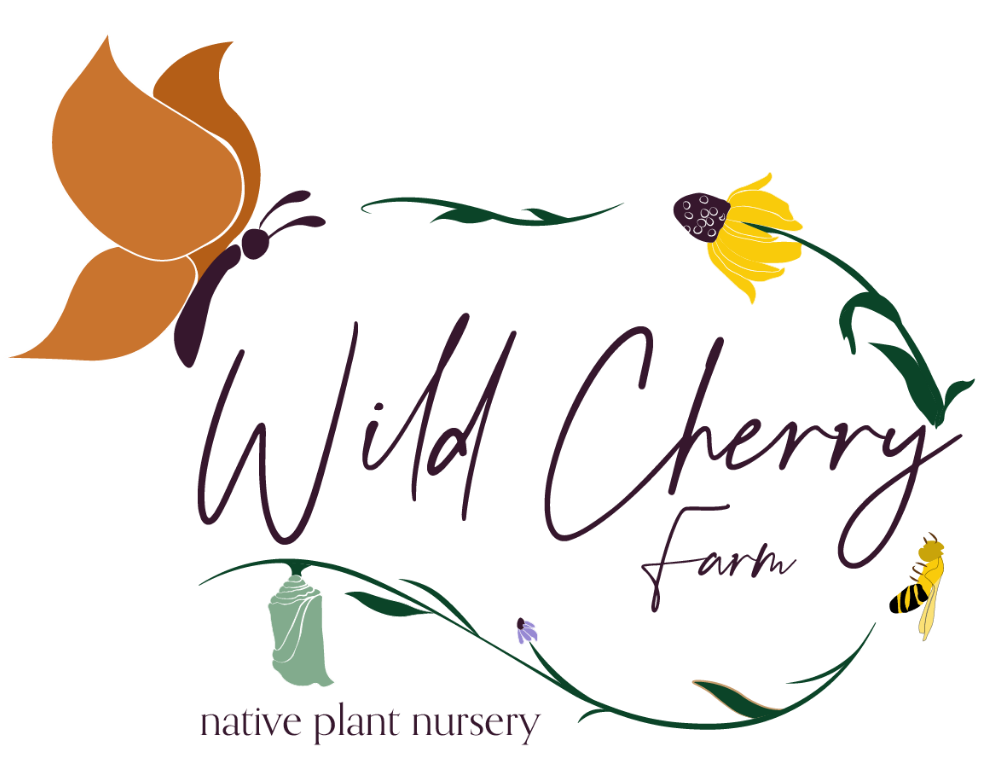Bees are Out! So, What is There to Eat?
Spring is upon us, bringing with it all of its wily, unpredictable ways. It is early March when I start emerging from my hibernation, and as I wander around the gardens looking for signs of life, I mostly see destruction wrought by the deer. However, my eyes can’t help but be drawn to the only pop of color in the landscape, the five small, yellow Winter Aconite (Eranthis hyemalis) flowers blooming on the south side of my house, and they have bees on them! A handful of bees are buzzing about, and only five small flowers for them to utilize because, as of right now, that is all that is blooming; nothing native is even close. As I walk by my compost bin, it is covered in bees (at least I think that they are bees, sometimes wasps can be deceiving). Can they even get enough nutrients from the compost to sustain them until plants start to bloom? It is troubling, this ‘out-of-sync-ness’.
So what is a gardener to do?
My first step was to see what the earliest blooming plants are and see how I can find a place in the landscape to incorporate them. The earliest bloomers happen to be mostly trees and shrubs. Red Maple (Acer rubrum), Sugar Maple (Acer saccharum), Willow (Salix spp.), Redbuds (Cercis canadensis), female Spicebush (Lindera benzoin), Prickly Ash (Zanthoxylum americanum), some of our Viburnums, and Serviceberries (Amelanchier spp.) are a great starting place. Trees and shrubs are so beneficial to the ecosystem in general, so why not try to include more in your landscape whenever and however possible?
Some of our early bloomers
Red Maple (Acer rubrum)
Sugar Maple (Acer saccharum)
Prickly Ash (Zanthoxylum americanum)
Viburnum (some of them)
But what about our spring ephemerals, don’t they bloom early? Yes, I know, they are fantastic, but have you ever tried purchasing them? They are not easy to come by, especially not ones from Michigan. If you do happen to come by some ephemerals from a responsible source, they are expensive and can be challenging to grow in a garden setting, especially if you have deer pressure, thus making them out of reach for many. Even then, they often do not bloom until April, late March maybe.
Listen, I run a native plant nursery, I love native plants, I recognize how incredibly important their role is in our ecosystems, and yet I wonder if we will need to find ways to fill in some sustenance gaps until our native plants bloom. My earliest bloomers are not natives, they are my Winter Aconite, Crocus, Snowdrops, Dwarf Iris, Hellebore, and Cornelian Cherry. These plants can bloom up to a month earlier than the natives in my landscape.
So where is the balance?
We cannot control when the bees will emerge, we cannot control how our environments are going to change or behave from year to year. We can, however, control what we put into our gardens and landscapes, so why not plant the early natives when able, why not tuck in some early blooming bulbs in the fall? Why not do what we can to give our pollinators (and the ecosystems they depend on) the best chance for survival? Let us all try to do our part and plant food for our pollinators for all seasons, that is the next best thing we can do in these environmentally turbulent times.
What early bloomers can you incorporate into your landscape?







